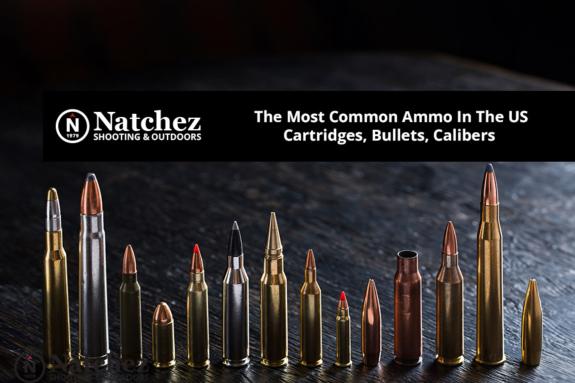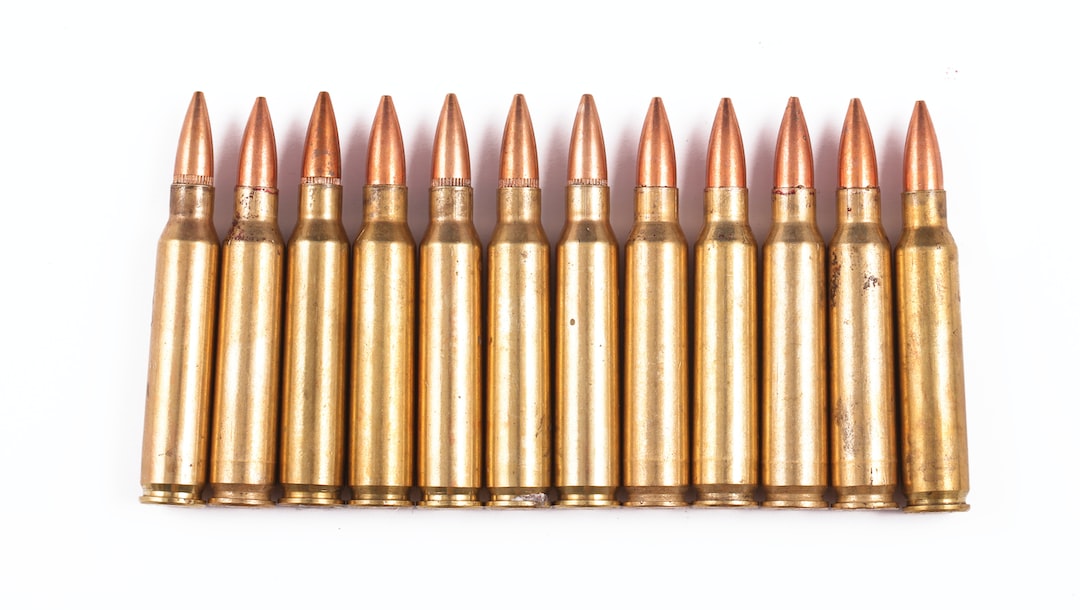Rumored Buzz on Ammunition Pro Llc
Rumored Buzz on Ammunition Pro Llc
Blog Article
What Does Ammunition Pro Llc Mean?
Table of ContentsAmmunition Pro Llc - TruthsSome Of Ammunition Pro LlcGetting The Ammunition Pro Llc To WorkSee This Report on Ammunition Pro LlcThings about Ammunition Pro Llc
The standard parts of ammo coincide for rifle, gun, and shotgun ammo. Recognizing how ammunition works is a vital aspect in being a responsible gun owner. Today we're checking out the what the basic components of ammo are and exactly how they collaborate to terminate a round. The standard components of ammunition revealed on a 9mm. Gun Ammo round.It houses the primer and powder. The bullet is seated outdoors end of the instance. When you discharge a bullet out of a semi-auto weapon, the weapon's extractor lifts the case from the firing chamber and it flies out of the gun. The instance is also sometimes referred to as shells, brass, or coverings.
A gun's firing pin strikes a cartridge's primer. The guide is a steel cup that holds an explosive chemical substance. When the firing pin strikes the primer cap, it crushes the priming compound against the anvil. This creates a small explosion in the case that fires up the propellant. The primer is located in the edge of the case of a rimfire cartridge.
Things about Ammunition Pro Llc
Gunpowder next to the instance that commonly contains it. It is generally a mix of saltpeter, charcoal, and sulfur.

We call the projectiles for shotshells, which we discharge through shotguns, slugs and shot. Currently that you have a basic understanding of the basic parts of ammo, you can really feel a bit more certain in just how your weapon and ammo feature!.
Ammunition Pro Llc Fundamentals Explained
Stay on top of Special Deals, Advance Notice of Sales, and Shop Events
Fun fact: Grains are used to define the mass of a bullet due to the fact that right back in the very early days of weapons, it was an apothecary's unit of dimension, and a common denominator was needed to determine exactly how much lead to make use of to make actors lead bullets (Gun Ammo). 'Grains' as a system of procedure for weight goes all the method back to old times, and stands for the weight of a grain of wheat

(https://www.detroitbusinesscenter.com/retail-store/ammunition-pro-llc)For reference, the weight of a paper clip is around 16 gr. We know that grains are an action of mass, and much more = much heavier, and heavy is excellent? Yes, heavy is good, but mass of the projectile isn't the only point you require to take into consideration when picking a round for your weapon.
7 Simple Techniques For Ammunition Pro Llc
This spin is produced by grooves cut or hammered into the inside of the barrel, which are described as 'rifling'. Enjoyable reality, this is the beginning of the term "Rifle" ex-spouse. A gunned firearm vs. smoothbore firearm. The result this spin carries projectiles is a stabilizing one the bullet revolving maintains the nose directed right, similarly that a perfectly spiraled football toss is going to be a lot more secure and precise in flight than an unsightly duck, end over end throw.
Just how does this relate to grain weight? Imagine you're on one of those play ground slide carousels, the ones with bars you hold on to while it rotates.
The same result takes place with bullets. The heavier the projectile, the more result a quicker rotate will have on it.
The Greatest Guide To Ammunition Pro Llc
There's one more element that we have to think about when picking a grain weight for our ammo. As hinted at above, bullet velocity, or the speed of the projectile, is a major element when establishing the most effective grain weight projectile to use. Speed is impacted by a couple of significant factors, including the type and amount of propellant (gunpowder), barrel size, and bullet weight.

One of the most typical grain weight rounds for 9x19mm cartridges are 115gr and 124gr. These are commonly lead core, completely jacketed (FMJ) rounds. Both of these grain weight cartridges will perform well in manufacturing facility 9mm handguns, to regular gun distances (approximately 50 backyards). 115 grain rounds are the most usual (and consequently least costly).
Report this page